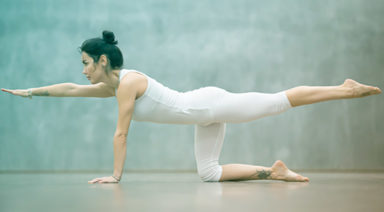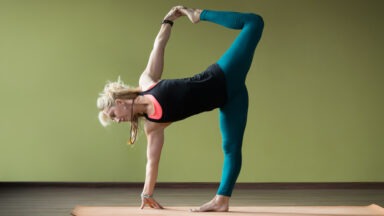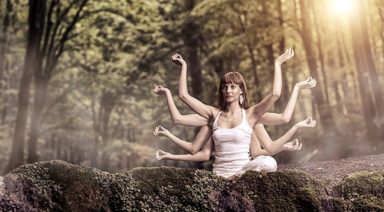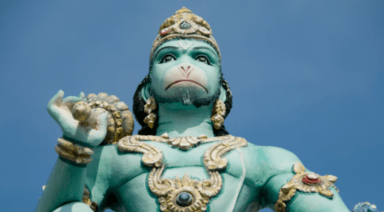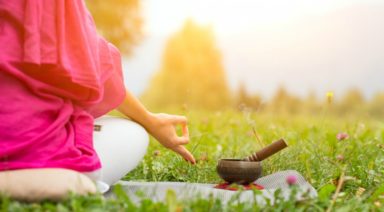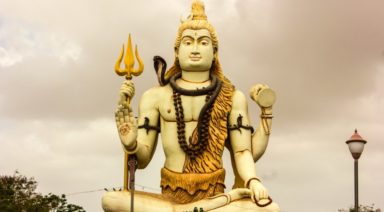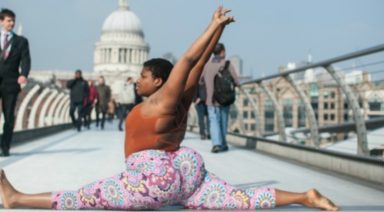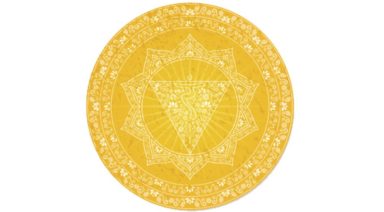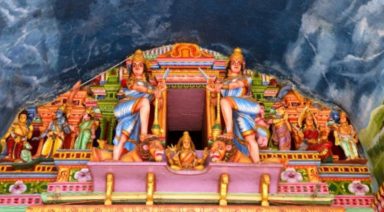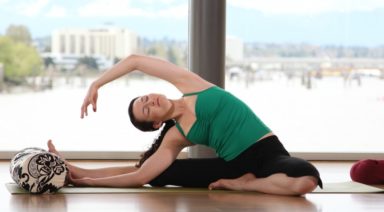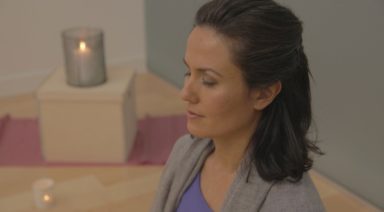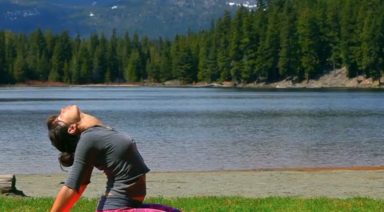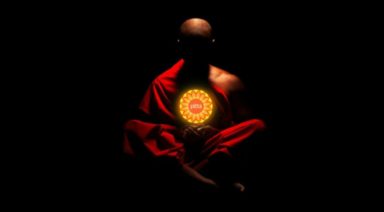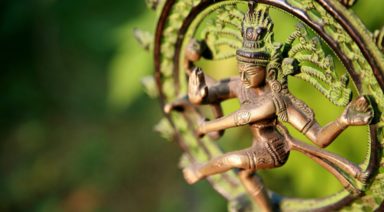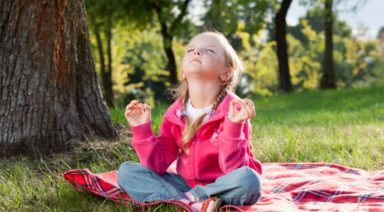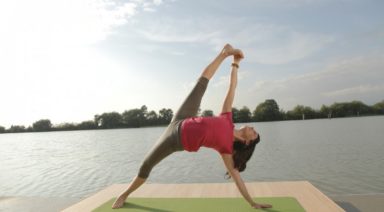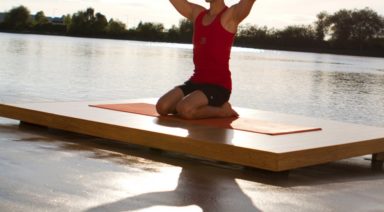The 7 Pillars of Yoga
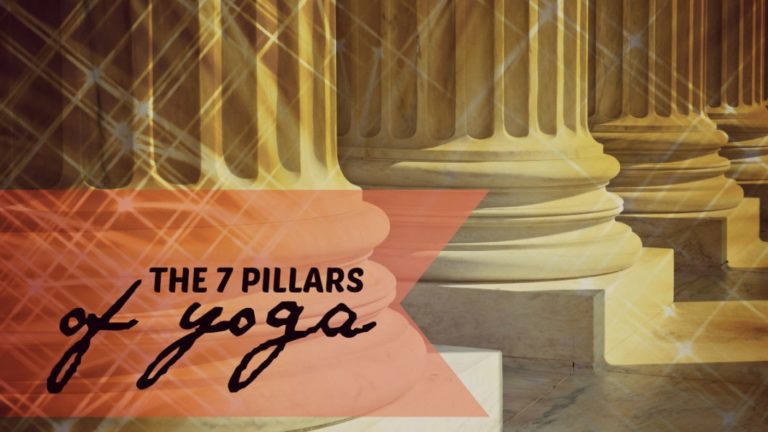
Yoga is a balancing act in more ways than one. Not only do we have to find balance on our mats (lest we literally fall over and potentially injure ourselves), we also have to find balance within our minds and within our communities.
With all the yogic tenets we follow as regular practitioners, here are seven qualities required of us, both on and off the mat:
COURAGE
In order for us to arrive on the mat in the first place, we need courage. There are a million excuses not to do yoga: too old, too fat, too inflexible, too many commitments, no time, no money. The thing is, the solutions to most of these excuses are relatively easy, and taking the plunge is the first step to improved well-being.
PRUDENCE
Of course we need prudence, using our own wisdom to judge the most appropriate time for our practice. In today’s fast-paced world, it’s a given that we must schedule our practice around our commitments, but we should never devalue the importance of our health and sacrifice it to our work and families. If we lose our health, we ultimately lose our ability to care for others. Taking care of our bodies and mind will enable us to be more productive in the end.
TEMPERENCE
But it’s a fine line. If we become too excessive and obsessive about our practice, it can be just as dangerous as inactivity. With over-doing it, we open ourselves up to injury and/or burn-out, and have no energy for anything else. Therefore we need temperance, the practice of self-control and moderation.
JUSTICE
It’s a constant balancing act, like the scales of justice. If we fall out of balance, this can lead to suffering, either of ourselves or of others through our actions. Justice is a sense of fairness, understanding cause and effect, accepting the results you created, seeing how you often choose your situation and recognizing the principle of karma.
These four attributes – prudence, courage, temperance and justice – are known as the cardinal virtues, which have been recorded since pagan times and probably spoken of for much longer; we find reference to them in the writings of Plato and Christianity.
Sometimes you’ll see fortitude in place of courage, which could seem to be related, as they both imply effort and action. However, fortitude suggests the practice of maintaining the effort rather than the initial bravery; without that initial brave step, we go nowhere.
But this article is about seven pillars of yoga – what about the other three? Deep within the ancient Greek and Roman traditions, we hear of the Three Graces, the goddesses of charm, beauty and creativity. We also hear about the three heavenly graces in the New Testament. Incorporating these graces into our practice, we focus on the following:
HOPE
The virtue of “grace” is often associated with yoga, but the first element of grace is hope. Sometimes people are faced with periods of darkness through poor physical or mental health, and they cannot see a way out of their suffering. Yoga can provide hope for those affected, as it can be gentle enough for the most dilapidating of physical ailments like chronic fatigue syndrome and Crohn’s disease, helping the afflicted on the slow journey to recovery. Yoga can act as a starting point to work their way to wellness, and act as a light at the end of a dark tunnel.
FAITH
There are those who are turned off by some of the more spiritual and religious elements of yoga. Sometimes, I question the authenticity and depth of understanding of some of the teachers; regardless, yoga can be of benefit to all people no matter their beliefs or stance on faith. It’s a proven system that has evolved over thousands of years that has given many people the ability to connect with their bodies. Even the name yoga, which translates as “union,” implies the connection of mind, body and spirit. Devout practitioners have true faith and confidence in yoga’s ability to bring physical and mental wellness.
CHARITY
In the King James Bible, the third grace is referred to as “charity,” but in many translations, it’s simply known as love, our final destination. Today, the word “charity” is often associated the act of donating money and time, but it’s a word that expresses the true nature of giving and sharing.
Ultimately, I think the word love is more appropriate. Not only should we give love to others, but we should also love ourselves. Yoga allows us the grace to find a balanced way to love not just ourselves, but each other.
The Science of Suffering: Understanding the 5 Kleshas and What They Really Mean

For most of us, life is pretty simple when we’re born. Our needs are met. Our concerns are only essential. Our world is new, beautiful, and engaging. And, most importantly, we are connected to the source of the universe, enjoying a direct line to love. In the profound teachings in A Course in Miracles, one of the most foundational beliefs is that when you are connected to this source your life is good, miraculous in fact. But, when separated from it, life is painful and complicated; you are overwhelmed with the feeling of being lost.
In Patanjali’s Yoga Sutras, another equally profound book of wisdom, the concept of being separated from the universal source of love is broken down into five identifiable roots of suffering. Known as the kleshas, these roots are what keep us away from love and, therefore, are what cause us to suffer.
By understanding the science of suffering by digging into these kleshas, you can begin to become aware of what is keeping you from enjoying life, what is keeping you from knowing, as the yogis say, your true nature.





